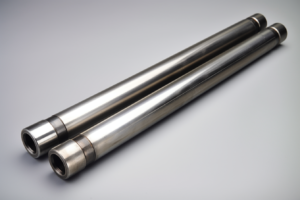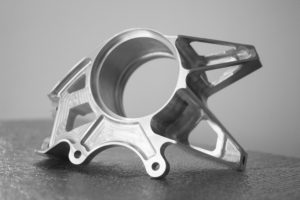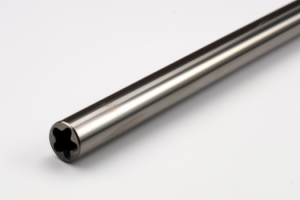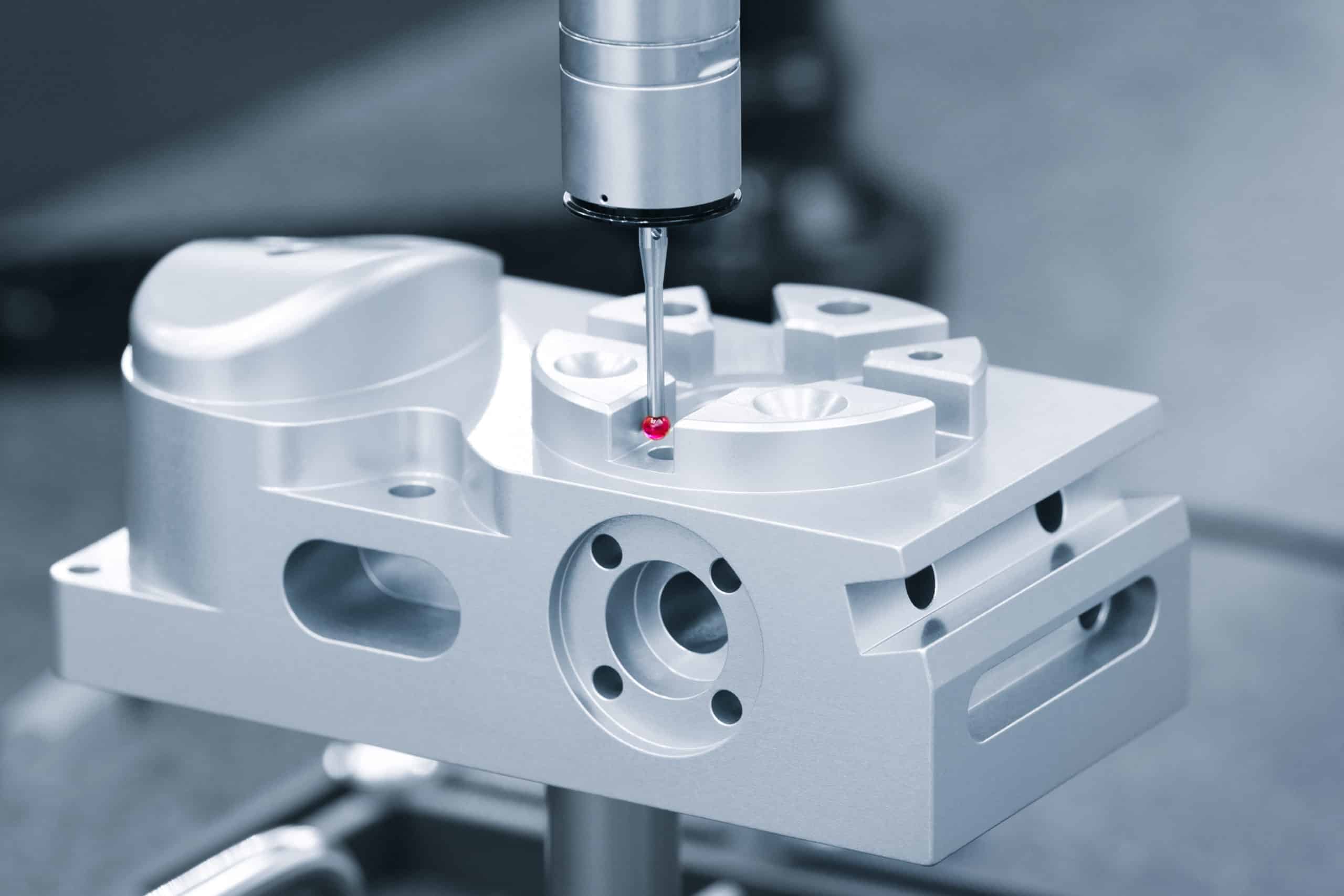Aluminum might seem like another metal, but its melting point tells a different story. This lightweight wonder has a secret up its sleeve when it comes to turning up the heat.
Aluminum is surprisingly easy to melt, with a low melting point of 660.3°C (1220.5°F), far lower than many common metals, making it a unique and versatile material.
Let’s melt away the myths and discover why aluminum is a champion in the melting game.
Table of Contents
Aluminum's Melting Point: A Closer Look
Aluminum, a metal known for its lightweight and strength, holds a crucial physical property – its melting point. Unlike many metals that require very high temperatures, aluminum’s melting behavior is unique, positioning it as a vital material in various industries, from aerospace to kitchenware.
Exploring the Specific Melting Point of Aluminum
Pure aluminum melts at a relatively low temperature of 660°C (1220°F), significantly lower than the higher melting points of other metals, making it a popular metal for most applications. The melting point of aluminum, a fundamental aspect of its character, impacts its basic utility and suitability in high-temperature environments such as aluminum extrusions and casting equipment.
Factors like alloy composition, which includes a small percentage of other elements, can influence the melting temperatures of aluminum alloys, sometimes causing melting point depression. This explains why the melting point of pure aluminum is distinct from that of recycled aluminum or aluminum mixed with alloying elements.
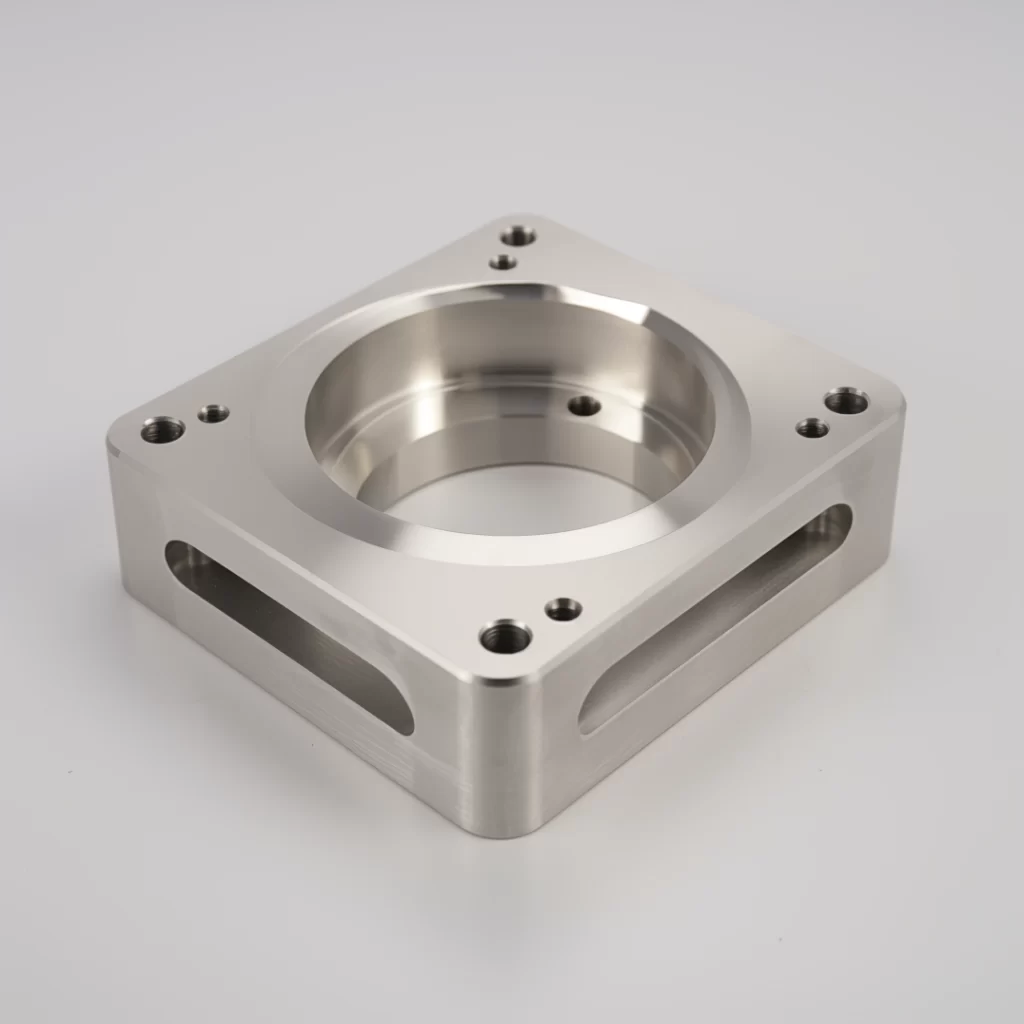
Comparison with the Melting Points of Metals
Compared to other common metals, aluminum’s melting point stands out for its relatively low temperatures. For instance, copper, a metal with high electrical conductivity, has a melting point of 1084°C (1983°F), much higher than aluminum’s.
Stainless steel, renowned for its corrosion resistance, has one of the highest melting points, ranging between 1375°C and 1530°C (2500-2785°F).
This lower melting point of aluminum makes it more energy-efficient to process and enhances its utility in applications where a lower melting metal is advantageous. Its low melting point and properties like high heat resistance and low volatility make aluminum ideal for manufacturing processes like fusion welding and production processes requiring metals that can withstand high temperatures without component failure.
Why Aluminum's Low Melting Point Matters
Aluminum’s melting point, significantly lower than many other metals, is a pivotal property impacting its applications across various industries. Generally speaking, the lower melting temperature of aluminum compared to common metals like copper or steel makes it a popular choice in manufacturing. This property is especially crucial for processes like aluminum extrusions, where the metal must be easily moldable at lower temperatures.

Advantages and Impact of Aluminum's Low Melting Point in Industry
Understanding the advantages of aluminum’s low melting point reveals its significance in industrial applications. This property allows for the metal’s adaptability in various settings, offering practical solutions to manufacturing challenges.
1. Automotive Industry: The automotive industry benefits from aluminum’s lower melting point, making it easier to form into complex parts. This results in lighter vehicles with higher fuel efficiency, contrasting heavier metals with higher melting points.
2. Construction and Building: The ease of melting aluminum at relatively lower temperatures than other metals is advantageous in construction. It facilitates the creation of aluminum extrusions used in modern architecture.
3. Aerospace and Marine Industries: In aerospace and marine applications, the melting point of aluminum alloys is a critical factor. These industries often require metals that combine lightweight properties with strength, where aluminum fits perfectly.
4. Electronics Industry: Aluminum, with its lower melting point and high electrical conductivity, is extensively used in electronics. It offers an ideal balance of thermal and electrical properties for various devices.
5. Food Packaging and Processing: The low melting point of aluminum makes it suitable for food packaging materials. Its ability to form barriers against light, moisture, and air at lower temperatures is valuable in preserving food quality.
6. Medical Industry: Aluminum’s lower melting point and non-toxic nature make it ideal for medical applications. It is easy to mold into different shapes, crucial for manufacturing lightweight, durable medical devices.
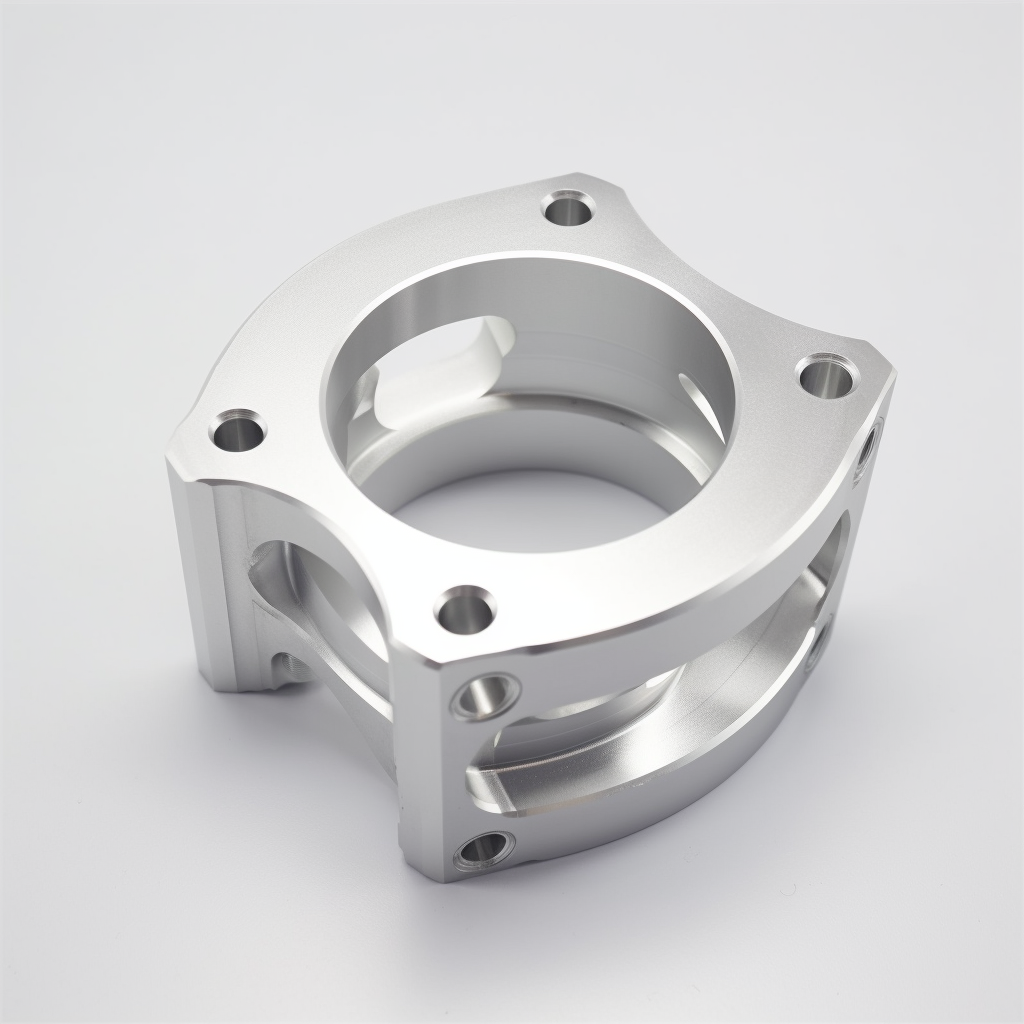
Melting Points vs other metals
Aluminum’s melting point is notably lower than many other commonly used metals, a characteristic that significantly influences its utility and versatility in various applications.
Metal Melting Point (°C) Melting Point (°F)
Aluminum 660 1220
Steel 1425-1540 2597-2800
Copper 1084 1983
Magnesium 670 1240
Zinc 420 787
Tungsten 3400 6152
Titanium 1670 3038
Lead 328 622
Tin 232 450
The Science Behind the Melting
Aluminum’s melting point is a fascinating aspect of its physical properties, deeply rooted in its atomic structure. This section will explain the scientific principles contributing to aluminum’s low melting point and how it influences its behavior in different applications and environments.
Its electron configuration and atomic structure influence aluminum’s melting point. The face-centered cubic structure of aluminum requires less energy to break atomic bonds, leading to a lower melting point than metals like iron or copper, which have more complex structures.
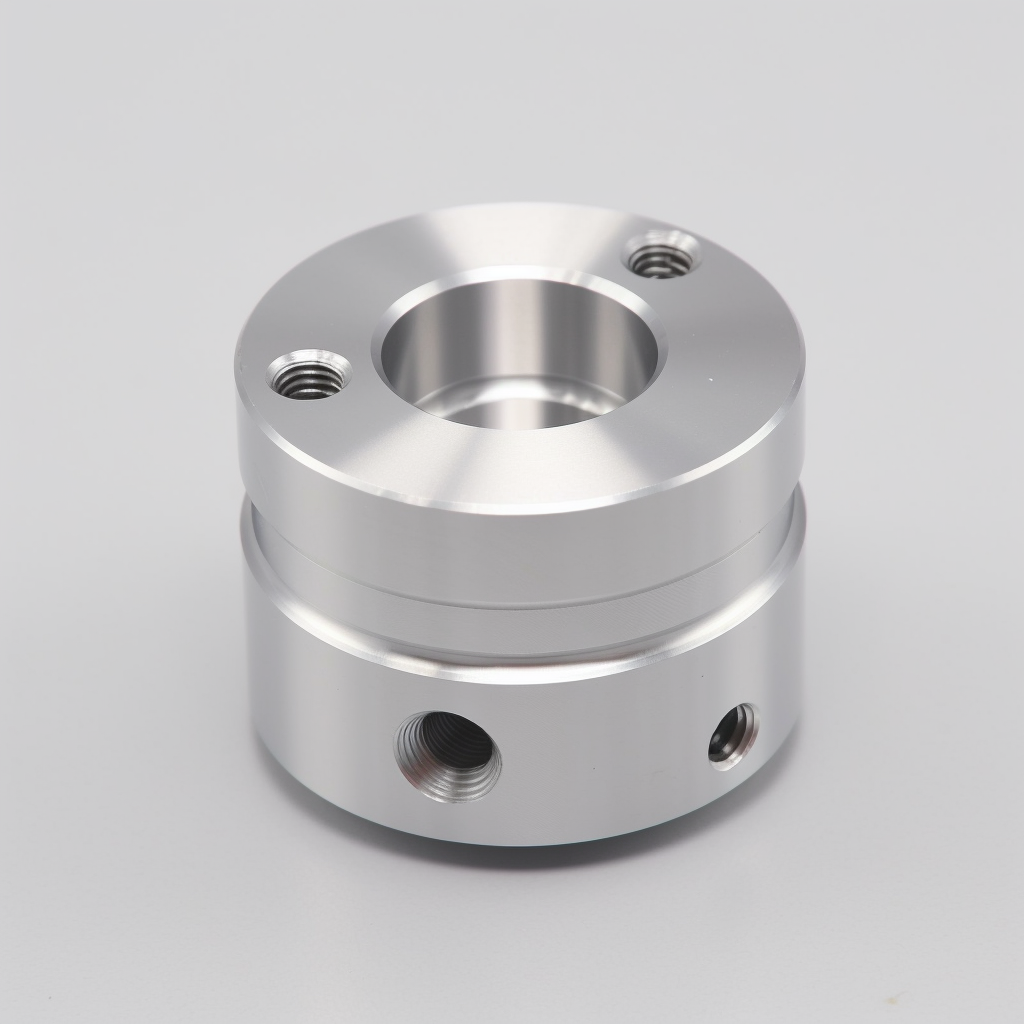
Atomic Structure of Aluminum and Its Impact on Melting Behavior
1. Alloying Effects: Alloying elements in aluminum can lower the metal’s melting point, a phenomenon known as melting point depression. This creates various melting temperatures for different aluminum alloys, which are useful in various industrial applications.
2. Melting Ranges in Alloys: The melting point range of aluminum alloys like 6061 varies, making them suitable for different applications. The melting point of pure aluminum differs from that of aluminum alloys, which can have higher or lower melting temperatures.
3. Recycled Aluminum: The melting point of recycled aluminum may vary due to impurities, affecting its suitability for certain applications. Despite these variations, recycled aluminum remains a valuable material in production due to its lower melting point.
4. High-Temperature Applications: Aluminum’s melting temperature is considered in high-temperature environments. In applications like cookware, understanding the right temperature is crucial to prevent aluminum from reaching its melting point and entering the liquid state.
5. Fabrication and Welding Concerns: The lower melting point of aluminum affects its behavior during the heating process in fabrication and welding. This requires careful temperature management to maintain the metal’s properties and prevent hot cracking, especially in alloys like the 6XXX series, which are more susceptible to higher temperatures.
In summary, aluminum’s melting point and alloys are critical in most manufacturing processes. Whether in pure form or as an alloy, aluminum’s lower melting point than other popular metals like steel or copper makes it a preferred choice for projects requiring a metal with high thermal conductivity and a lower boiling point.

Aluminum Alloys and Melting Points
Aluminum alloys, commonly called ‘aluminum’ in various industries, demonstrate a range of melting points due to different metal options in their composition. These variations in melting points cater to specific requirements in manufacturing and product development.
How Different Alloys Can Alter Melting Point of Aluminum
Aluminum’s melting point varies depending on its alloying elements. Aligning aluminum exhibits different properties, including a higher or lower melting temperature. This variability in melting points is essential in applications where aluminum’s liquid phase at specific temperatures is beneficial. For example, aluminum alloys with a higher melting temperature may be more suitable for high-temperature applications compared to those with lower melting points.
Examples of Popular Aluminum Alloys and Their Uses
1. 1xxx Series (Pure Aluminum): This series, representing the pure form of aluminum with the lowest melting points among the alloys, melts at 660°C (1220°F). It finds wide application in applications where high electrical conductivity is needed.
2. 2xxx Series (Aluminum-Copper): Known for a higher melting point (548°C/1018°F), these alloys serve the aerospace industry for parts requiring a higher melting temperature.
3. 7xxx Series (Aluminum-Zinc): These alloys have one of the highest melting points in the aluminum series, ranging from 475-635°C (887-1175°F), making them suitable for aerospace applications where high strength and higher melting temperatures are required.

Environmental and Practical Implications
The melting point of aluminum significantly impacts its environmental and economic value. Understanding this property is crucial for industries focusing on sustainability and efficiency in their production processes.
Aluminum’s melting point plays a vital role in its recycling process, contributing to environmental sustainability. Aluminum’s lower melting point than other metals like copper or steel means it requires less energy to transition to the liquid phase.
This energy efficiency is particularly beneficial in the recycling process, as it allows for the repeated melting and reforming of aluminum with minimal energy expenditure. Consequently, aluminum recycling becomes more sustainable, reducing carbon emissions.
Conclusion
Aluminum’s low melting point significantly impacts both everyday life and various industries. It enables energy-efficient manufacturing and recycling, making aluminum a sustainable choice for applications ranging from transportation to packaging. This property facilitates easier processing and molding, allowing for innovative designs and efficient production.
Frequently Asked Questions
The easiest metal to melt for your next project is gallium. Among a few metals with low melting points, gallium stands out with a melting point of about 29.76 °C (85.57 °F), making it practical for tasks requiring easy melting.
In the production process, the melting point of aluminum is around 660 °C (1220 °F). You must exceed this temperature to melt aluminum, as the melting point varies among different metals.
In industrial applications, aluminum melts faster than steel. The melting point of aluminum is around 660 °C (1220 °F), much lower than steel’s, which typically ranges from 1425 to 1540 °C (2600 to 2800 °F). This difference in melting points is a crucial factor in the production process of these metals.
Aluminum softens at around 200-250 °C (392-482 °F). As the temperature approaches the melting point of aluminum, it becomes more malleable, impacting its other properties and suitability for different projects.
Mercury has the lowest melting point among different metals, being liquid at room temperature with a melting point of -38.83 °C (-37.89 °F). In contrast, the highest melting point is found in tungsten, around 3410 °C (6170 °F). This vast difference in melting and boiling points among metals like mercury and tungsten is due to their atomic structure and other factors.



